SMS
You can send and receive short text messages using SMS (Short Message Service). Sending SMS-based text messages can be triggered by terminating a record with a disposition.
Note: An SMS-based text message can contain up to 160 alpha-numeric characters.
Note: This article describes only the basic settings of the SMS feature. For more in-depth guides, check out our SMS-related tutorials.
Table of Contents
- To Create an SMS Template
- To Activate or Inactivate an SMS Template
- To Delete an SMS Template
- To Test an SMS Template
- To Read All Text Messages Sent
- To Modify Sender ID
- To Send Bulk Text Messages
- To Set Automatic Disposition Allocation for Bulk Text Messages
- To Set Automatic Disposition Based On Inbound SMS
To Create an SMS Template
- Select a project from the project list, then select Channels > SMS.
- Press Add new SMS template.
- Enter the name of the template in the Template name text field.
- Enter a phone number or select a database field in the Email drop-down list to set the recipient.
- Select a phone number from the Sender drop-down list. This number is displayed as the sender to the recipient.
- Set when you want your text message to be sent in the Send date text field. You can schedule your message to be sent later by adding a reference to a date database field, or select Immediately to send the message immediately.
- If it is not marked, mark the Active checkbox.
- In the Dispositions pane, mark the checkbox beside one or more dispositions. When agents use these dispositions, the SMS is sent automatically.
- Select the Message tab, then enter the desired message.
- Press Save.
To Activate or Inactivate an SMS Template
- Select a project from the project list, then select Channels > SMS.
- Press
to see your SMS templates list, then select a template.
- Mark or unmark the Active checkbox.
- Press Save.
To Delete an SMS Template
- Select a project from the project list, then select Channels > SMS.
- Press
to see your SMS templates list.
- Hover your mouse over the template you want to delete, then press
.
To Test an SMS Template
- Select a project from the project list, then select Channels > SMS.
- Press
to see your SMS templates list, then select a template.
- On the General tab, enter a phone number in the text box beside the Save and send test SMS button, then press the button.
To Read All Text Messages Sent
- Read about this feature in the SMS Log section.
To Modify Sender ID
- Select a project from the project list, then select Channels > SMS.
- Enter the sender ID you wish to use in the Sender field.
- Press Save.
Warning: Some telecom providers don’t support using a unique sender ID, so it is recommended including your signature in the message.
Note: Only alphanumerics (a-z, 0-9), full stop (.) and plus (+) characters are supported.
To Send Bulk Text Messages
- Select a project from the project list, then select Database > Records list.
- Specify criteria to filter for records you want to send the text message to.
- Select Actions, then select the Bulk SMS option.
- Select a template to be sent to the record.
Note: For a detailed overview and step-by-step guide, check out our Tutorial on Bulk Text Messaging
Note: To get this feature, please get in touch with your contact person at VCC Live®.
To Set Automatic Disposition Allocation for Bulk Text Messages
You can now have the system to set a disposition automatically for records when sending mass text messages (SMS), depending on the delivery status of each message (sent/delivered).
- Select a project from the project list, then select Channels > SMS.
- Select a template.
- Select the Set disposition to SMS event tab.
- Select a disposition from the drop-down list for each delivery status. The system will set a disposition automatically for records when sending mass text messages (SMS) depending on the delivery status of each message (sent/delivered).
- Press Save.
Tip: Read about SMS Transliteration related to your SMS templates in the SMS Transliteration section.
To Set Automatic Disposition Based On Inbound SMS
You can automatically set a disposition for a record if the customer with the same phone number sends an SMS with a given text
- Select a project from the project list, then select Channels > SMS.
- Select Inbound SMS Disposition.
- Provide a text message, which if sent via an SMS from the customer will trigger disposition setting in a case-insensitive way. You can also select to use regex.
- Select a disposition that will be selected once an SMS is incoming with the provided text messages.
- Add multiple parameters, if you would like the system to evaluate multiple logics.
Related articles
There's always more to learn. Discover similar features by visiting related articles:
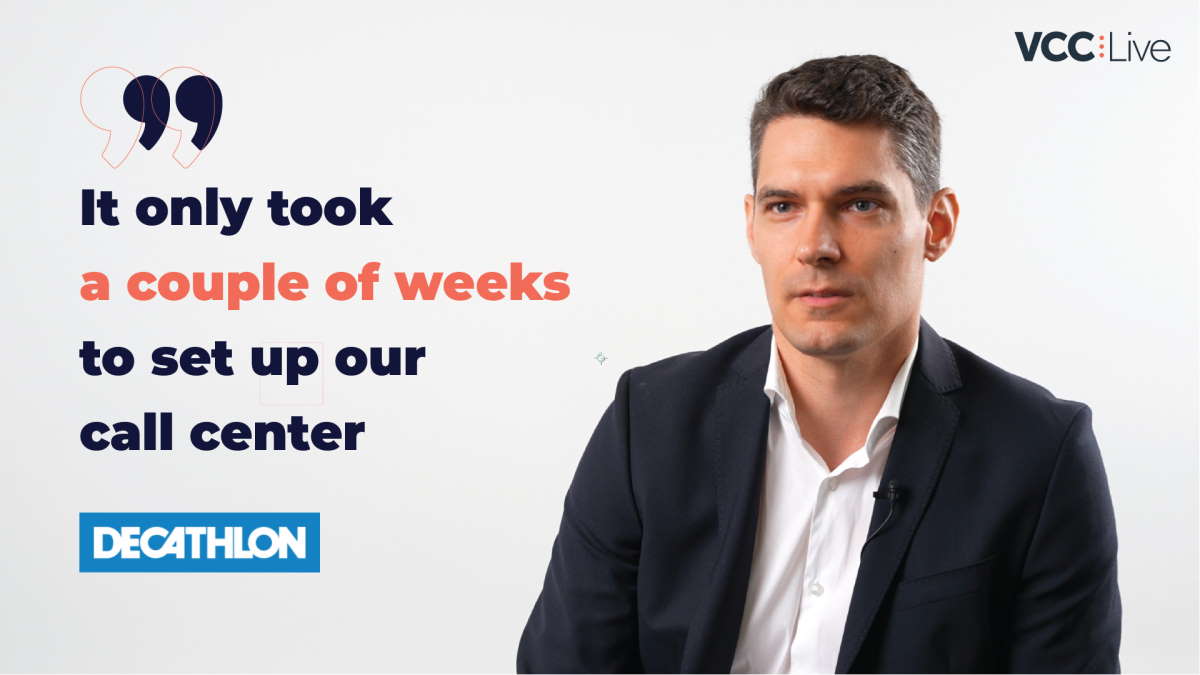
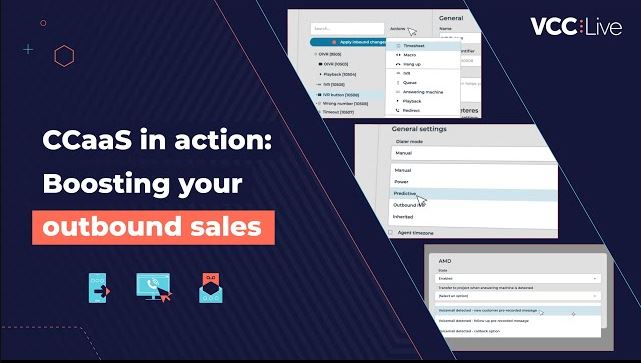
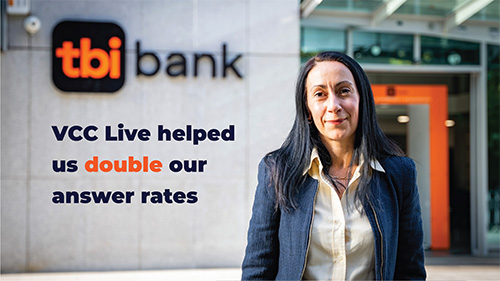
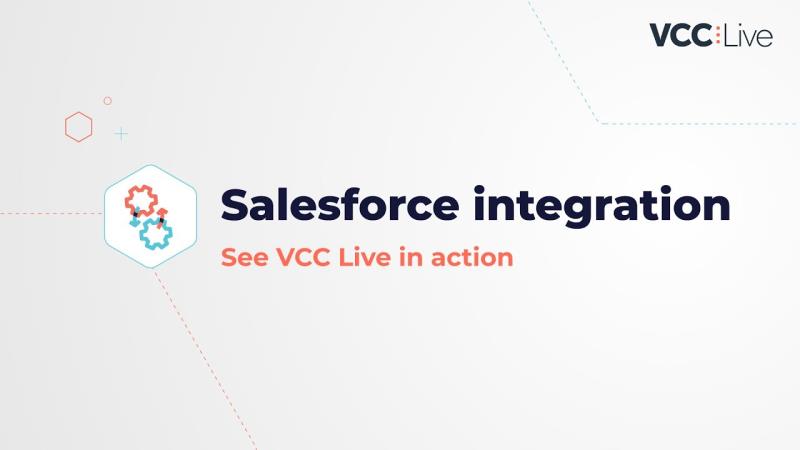
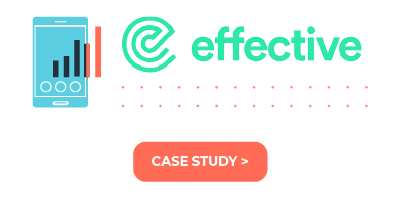
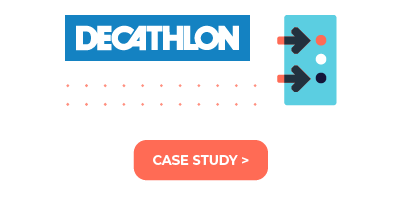
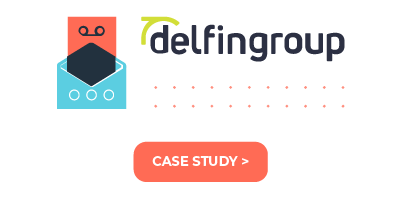

Comments
Can’t find what you need? Use the comment section below to connect with others, get answers from our experts, or share your ideas with us.
There are no comments yet.